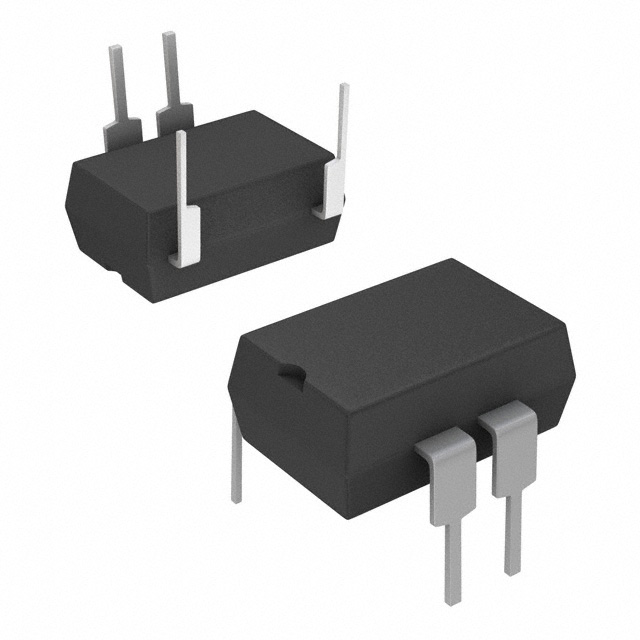
PVA3324NPBF
ActiveTHE PVA3324N IS 1 FORM A PHOTOVOLTAIC RELAY IN A MOD. 8-PIN DIP PACKAGE
Deep-Dive with AI
Search across all available documentation for this part.

PVA3324NPBF
ActiveTHE PVA3324N IS 1 FORM A PHOTOVOLTAIC RELAY IN A MOD. 8-PIN DIP PACKAGE
Deep-Dive with AI
Technical Specifications
Parameters and characteristics for this part
| Specification | PVA3324NPBF |
|---|---|
| Approval Agency | UL |
| Load Current | 150 mA |
| Mounting Type | Through Hole |
| On-State Resistance (Max) [Max] | 24 Ohm |
| Operating Temperature [Max] | 85 °C |
| Operating Temperature [Min] | -40 °C |
| Output Type | DC, AC |
| Package / Case | 7.62 mm |
| Package / Case | 8-DIP |
| Package / Case | 0.3 in |
| Supplier Device Package | 8-DIP Modified |
| Termination Style | PC Pin |
| Voltage - Input | 1.2 VDC |
| Voltage - Load [Max] | 300 V |
| Voltage - Load [Min] | 0 V |
Pricing
Prices provided here are for design reference only. For realtime values and availability, please visit the distributors directly
| Distributor | Package | Quantity | $ | |
|---|---|---|---|---|
| Digikey | Tube | 1 | $ 11.52 | |
| 10 | $ 10.80 | |||
| 25 | $ 9.60 | |||
| 50 | $ 9.12 | |||
| 100 | $ 8.64 | |||
| 250 | $ 7.68 | |||
| 500 | $ 7.20 | |||
| 1000 | $ 6.72 | |||
Description
General part information
PVA332 Series
300 V, 150 mA single polePhotovoltaic Relayin a mod. 8-pin DIP. This normally opensolid-state relaycan replace electromechanical relays used for general purpose switching of analog signals. The PVA33 Series overcomes the limitations of both conventional electromechanical and reed relays by offering the solid state advantages of long life, fast operating speed, low pick up power, bounce-free operation, low thermal offset voltages and miniature package. These advantages allow product improvement and design innovations in many applications such as process control, multiplexing, automatic test equipment and data acquisition. The PVA33 can switch analog signals from thermocouple level to 300 Volts peak AC or DC polarity. Signal frequencies into the RF range are easily controlled and switching rates up to 500Hz are achievable. The extremely small thermally generated offset voltages allow increased measurement accuracies.
Documents
Technical documentation and resources
No documents available


